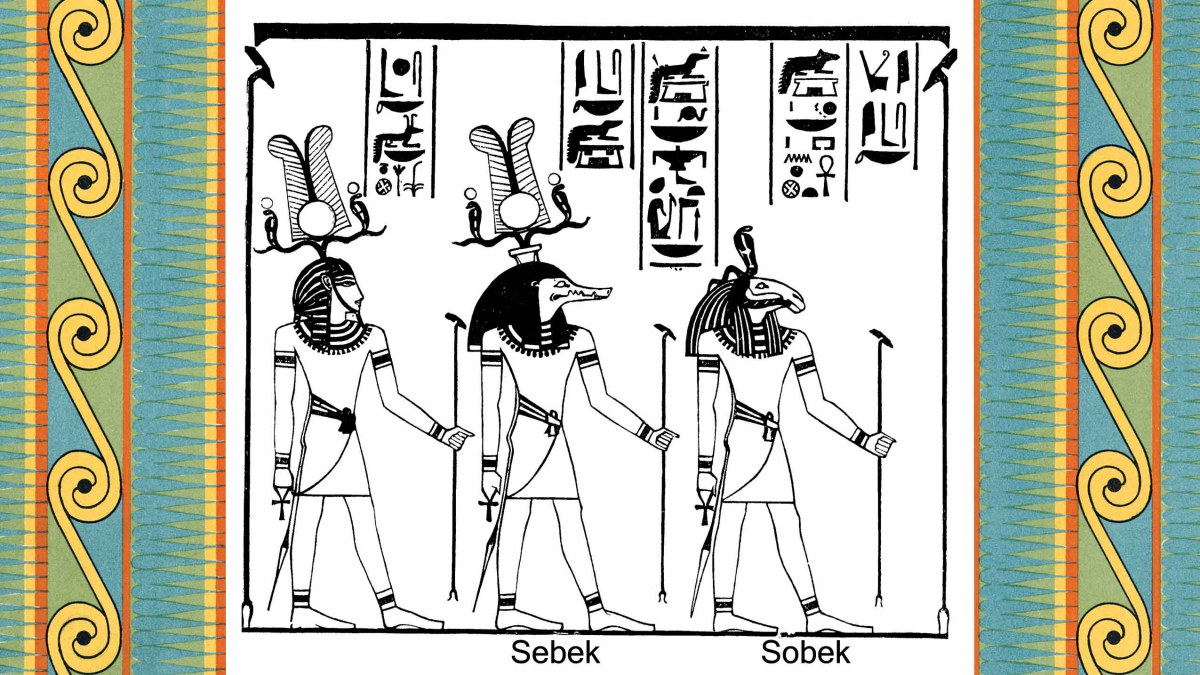Priests
During the Age of the Pyramids, many high officials, scribes, and craftsmen held titles that expressed a connection between the tomb owner and a temple or the cult of a god. Few people, however, were full-time ritual practitioners; one month in ten seems to have been the usual length of service. This means that a large percentage of those eligible or competent would be supported at some time by the revenues of the temples. All the temple personnel would share in the revenues. Most places sacred to the gods were rather small at this time, with the King's mortuary temples being the largest temples, employing the greatest number of attendants.
During the month of service in a temple, a man might be a watchman, a doorkeeper, an accountant, hairdresser or physician. Caring for the statues of the gods by washing and dressing them also required servants of god. Many people claim, in their tombs, to have been ‘servants of god' - hem netjer.

